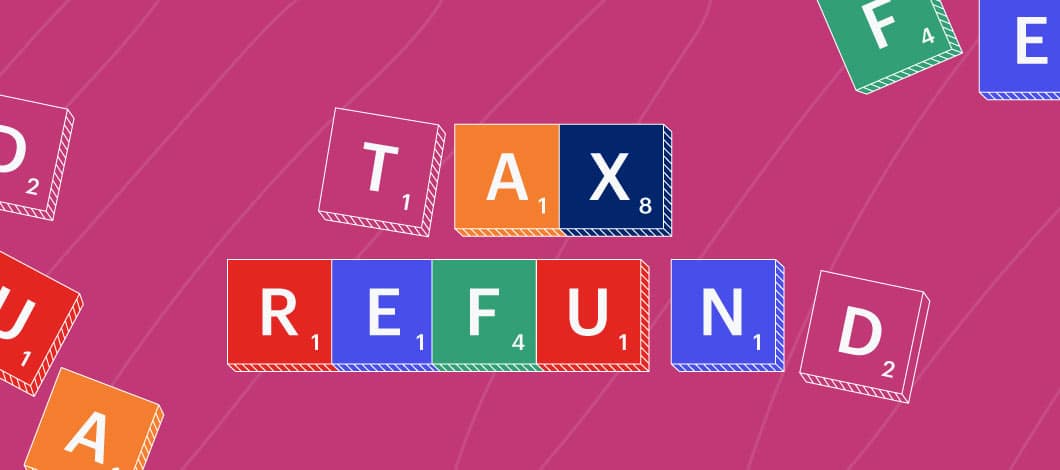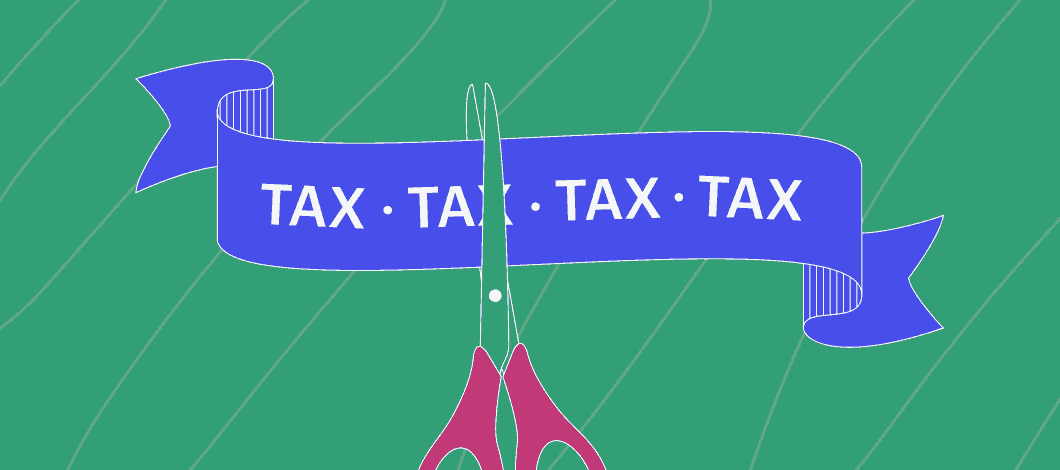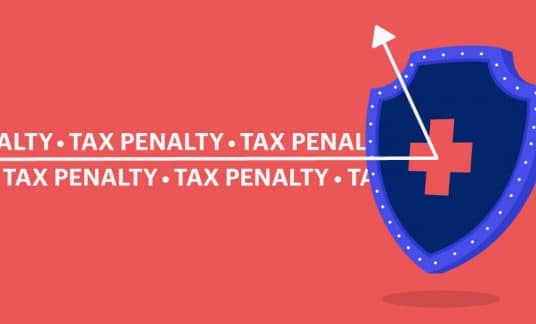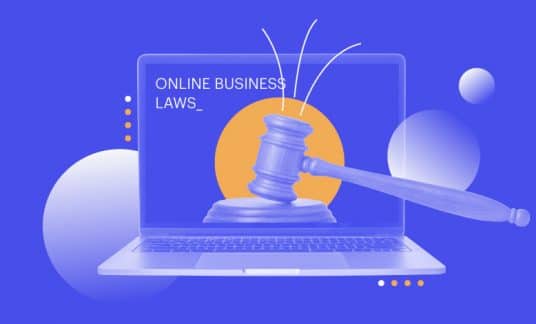IRS Section 179 is a federal government incentive program that small business owners can use to get an immediate reduction in their taxes and improve their cash flow.
Section 179 of the U.S. internal revenue code lets business owners deduct on their tax returns the full amount of qualified purchases of vehicles, machinery and equipment for use in their business.
Let’s see how IRS Section 179 works and how it could improve profits and cash flow in your business.
What is IRS Section 179?
Under IRS Section 179, a business owner can deduct the full purchase price of any qualified equipment in the year it was put in service instead of capitalizing the cost and taking smaller depreciation deductions over several years. It doesn’t matter if the equipment is paid in cash, leased or is financed with a loan: The full amount of the purchase can be deducted in the year the equipment is put into use.
Taking a deduction in the year purchased gives a business an immediate reduction in taxes owed in the first year instead of getting smaller reductions in tax liabilities over several years.
The purpose of Section 179 is to give small business owners an incentive to purchase new equipment and expand their businesses.
For example, suppose you purchased a new piece of equipment for your business that cost $75,000 and has zero salvage value. Normally, you might depreciate this equipment over 5 years and deduct $15,000 each year in depreciation. Instead, Section 179 will allow you to deduct the entire purchase price of $75,000 in the current year on your federal tax return. If your business has a 35% marginal tax rate, you will save $26,250 ($75,000 times 35%) in taxes in the first year by taking this Section 179 deduction.
The equipment also may qualify for bonus depreciation which would reduce your taxes even further.
What Is Section 179 Property?
Property eligible for Section 179 deductions must be depreciable, such as the following:
- Tangible personal property – This includes equipment, machinery, office equipment, furniture and computer hardware
- Business vehicles – Certain restrictions apply
- Property attached to a building – Examples are heavy manufacturing machinery, materials processing equipment and printing presses
- Improvements to existing nonresidential buildings – This includes a new roof, air conditioning or a fire sprinkler system
- Computer software – This includes commercial off-the-shelf software available in the public domain, not customized
It doesn’t matter whether the equipment is new or used, but it must be new to your business. It also doesn’t matter if you paid cash, took out a loan or entered into a nontax capital lease. You can still take the deduction for any of these financing options.

Vehicles Eligible for Section 179
Vehicles get special attention because several years ago, taxpayers took advantage of the “SUV tax loophole” to purchase luxury vehicles (Hummers, as an example).
However, the Internal Revenue Service (IRS) recently changed the rules of eligibility and severely reduced the deductions for vehicles. Nevertheless, you can still take advantage of Section 179 deduction when buying vehicles to use mostly in your trade or business.
Vehicles that are designed for commercial purposes and not likely to be used for personal use typically won’t have a problem qualifying for a Section 179 deduction. Examples are:
- Vehicles with room for 9 passengers, such as airport shuttle vans
- Cargo vans with enclosed driver’s compartment and a cargo area with no passenger seating
- Heavy construction equipment such as bulldozers and road graders
- Warehouse equipment such as forklifts
- Tractor-trailer trucks that travel over the road
- Sports utility vehicles (SUVs) or crossover vehicles with a gross vehicle weight of more than 6,000 pounds but less than 14,000 pounds with a deduction limit of $25,000
Vehicles can be either new or used and must be used in the business for at least 50% of the time.
Section 179 Deduction Limitations
Section 179 limits the amount that can be deducted for items such as business machinery, office equipment, vehicles and computers.
Dollar Limit
For tax year 2020, the maximum amount you can deduct is $1,040,000. If you purchased and placed several items in service during the year, you can allocate the amount of the deductions among the items in any way you want up to the total of $1,040,000
Suppose you purchased $1,100,000 in machinery and a utility van for $25,000. You can deduct the entire $25,000 for a utility van and $995,000 for the machinery ($1,040,000 minus $25,0000) for a total deduction of $1,040,000.
Costs Exceeding $2,550,000
Section 179 also limits the total amount of purchases to a maximum of $2,590,000. After reaching this maximum amount, the deduction decreases dollar-for-dollar until you reach $3,630,000 in purchases. At this point, the tax deduction becomes zero.
Net Income Ceiling
You cannot take a Section 179 deduction if the amount of the deduction is greater than your taxable income. In other words, if you purchased a piece of equipment for $75,000 and your taxable income was $50,000, you could only deduct $50,000 for the purchase price. Afterwards, you could choose to take regular depreciation deductions by carrying forward the remaining balances, providing you still have taxable income in excess of your deductions.
Business vs. Personal Use
To qualify for the deduction, the assets purchased under Section 179 must be used in your business more than 50% of the time. Above the threshold, deduction is proportional to the amount of business use. In other words, if you use the equipment or vehicles 25% of the time for personal use, then your deduction would be 75% of the purchase price.

Deductions With Financing
If you finance the purchase of your machinery or equipment, you may even be able to save enough in taxes with a Section 179 deduction to cover your loan payments.
Suppose you purchased a piece of equipment for $50,000 and financed it for 5 years. Your monthly payment would be roughly $1,190. In 12 months, you would make a total of $14,280 in monthly payments (12 months times $1,190).
If you have a marginal tax rate in your business of 35%, you would be able to reduce your tax liability by $17,500 ($50,000 times 35%). Your tax savings of $17,500 will exceed the total of your monthly payments, $14,280, so you will essentially get your first year’s use of the equipment without any cash outlay. Even nicer, the purchase price of your equipment has been reduced to $32,500 ($50,000 less tax savings of $17,500).
In other words, the government is giving you a free ride for the first year when you borrow money to purchase more equipment and machinery for your business. And hopefully in the following years, your acquisitions will be generating more than enough revenue and profit to generate a positive cash flow and cover the loan payments.
Deductions With Leasing
Maybe you prefer to lease equipment and machinery because of either the lower payments or rapid technological changes that make certain equipment and processes obsolete. Section 179 will let you make deductions for the full amount of the equipment without actually spending any money in the year put in service.
You can take advantage of Section 179 deductions if you set up an agreement with the lessor that your lease will be a nontax capital lease. A nontax capital lease means that you have the option of either a $1 buyout lease or a 10% purchase upon termination (PUT) lease.
As with the choice to take out a loan to equipment and machinery, you may find that quite often you will save more in taxes than the sum of your first year’s lease payments.
How to Take a Section 179 Deduction
To take advantage of a Section 179 deduction you must:
- Make a purchase of tangible real property or make improvements that qualify to real property.
- Put the purchased property to use in the year you want to make the deduction.
You can claim a Section 179 deduction by entering the property’s description, cost and amount you’re claiming in Part 1, Line 6 of IRS Form 4562 and file with your company’s tax return.
How Section 179 Helps Small Business
IRS Section 179 is one of those rare government incentives designed to help small business owners build their companies.
The ability to take a full deduction of purchases of equipment and machinery provides significant tax relief for small businesses. Section 179 provides an actual cash infusion to small businesses, especially in cases where the qualified property is either financed or leased.
Each business’s tax situation is unique and often quite complicated. Therefore, business owners should consult with their tax professional to get more specific recommendations and advice.










